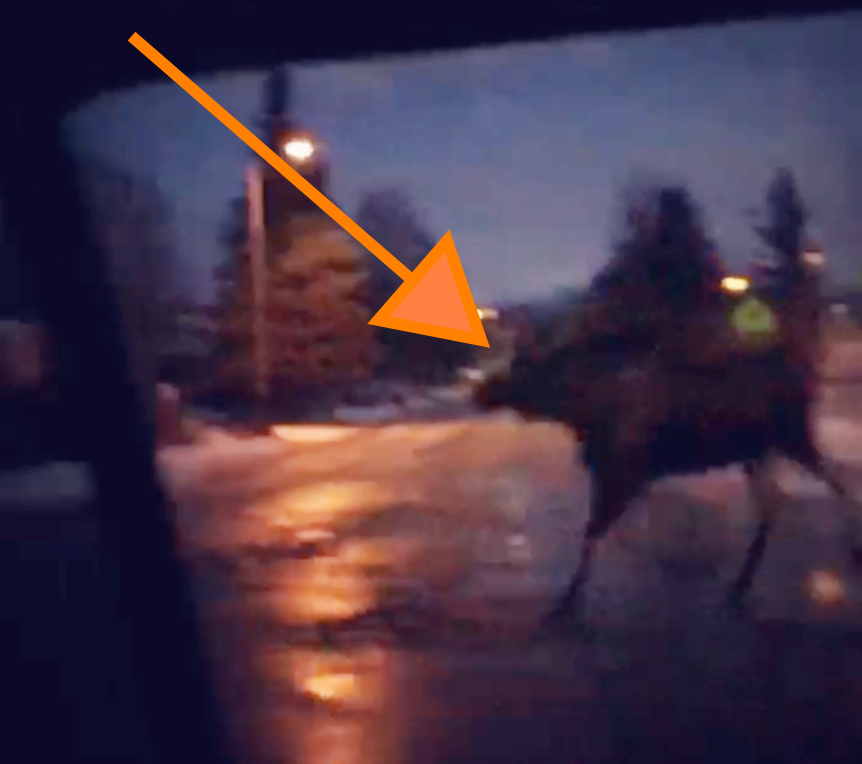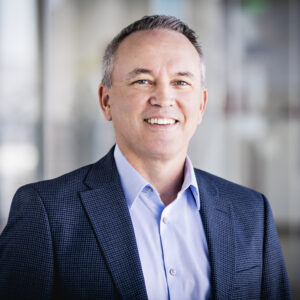I had never been to Alaska let lone Alaska in December. Visions of dark days, freezing cold, and warmly bundled Eskimos is what fills my head.
In the middle of a staff meeting on Friday, November 30, 2018, the Director of Construction for one of our long-time clients texted me…
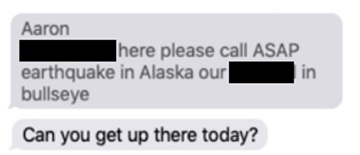
Time to get out the winter jacket! Fortunately, when I checked the weather on my phone, I saw that the temperatures were in the 30’s and 40’s. I went home immediately after the earthquake, packed my bag and awaited confirmation that the client wanted me to go.
Being ready to assist the community and our clients when there is a natural disaster is part of being a structural engineer. KPFF LA’s response to the 1994 Northridge Earthquake is pivotal in the history of the LA Structural office. One of the lessons I’ve learned after immediately arriving on site post-earthquake to assist our clients in Fullerton and Napa is that getting to these campuses as soon as possible is critical. People are nervous about any damage they see, from a harmless razor thin concrete crack that probably has been there for years to the non-structural damage (including their personal belongings) strewn about, even if there is no damage to main structural systems. It is incredibly helpful just to be a calm, concerned professional and to be there to help calm nerves and triage the critical damage from the incidental.
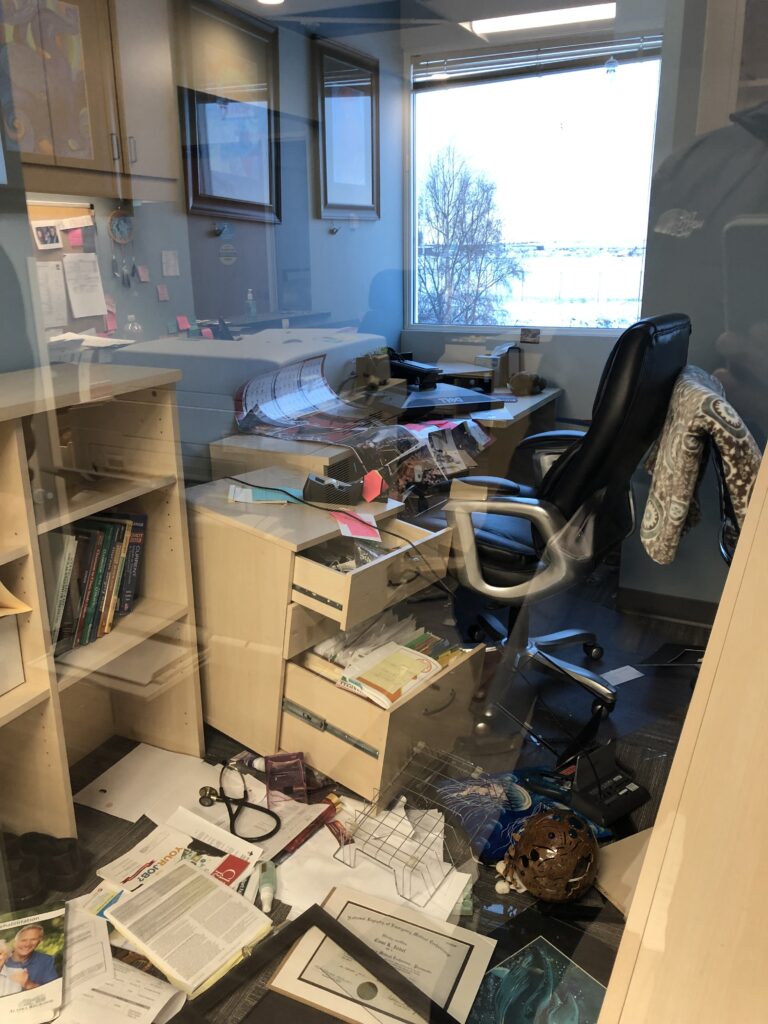
At the time of the staff meeting, I wasn’t aware earlier that day on Friday, November 30, 2018, at 8:29 a.m. local time, a magnitude 7.0 earthquake struck 10 miles north of Anchorage. Anchorage is in an area of very high seismic activity including the 1964 Good Friday magnitude 9.2 earthquake that is the largest ever recorded in North America and the second largest ever recorded. So, when I got on that red eye flight Friday night, I wasn’t really sure what I was going to encounter from the earthquake damage, the daytime darkness, the weather and my wife’s fear of me being eaten by a bear.
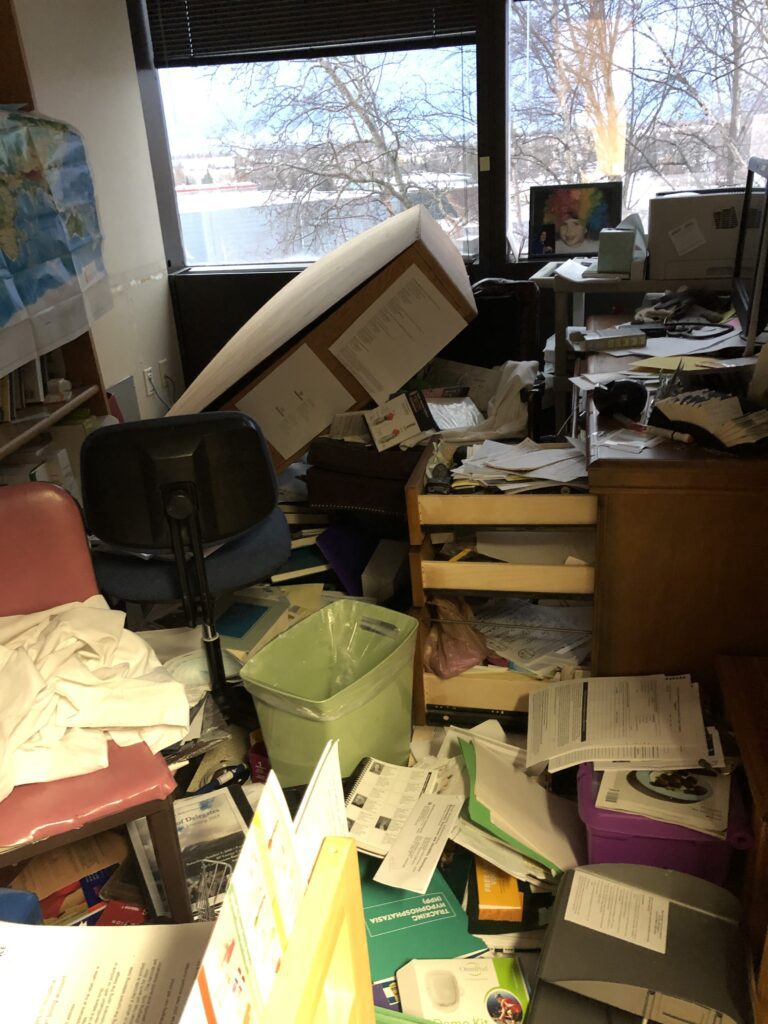
I visited our client’s campus and several offsite buildings to perform a visual observation of the buildings and to determine if any significant damage had occurred that affected the life safety or usability of the buildings. None of the observed structures showed signs of significant damage to the primary structural system. However, all the buildings on the main campus (closest to the epicenter) did have some degree of damage to secondary systems. The secondary system damage was not a structural life-safety issue but did need to be addressed from an operational and cleanliness perspective for the facility.

What I have since learned about this earthquake is that its frequency content was such that it was felt strongly by people (very short period ground motion) and by unbraced non-structural systems (very long period ground motion). The frequency content most applicable to a building’s primary structural system was not as pronounced. This helps explain why the people of Anchorage, who experience earthquake activity on a regular basis, felt that this earthquake was particularly strong. It also explains the fairly significant amount of non-structural damage without damage to the primary structural systems. Most institutional buildings in Anchorage were constructed after the large 1964 Good Friday earthquake and designed to current codes, keeping the primary structural systems intact during this 2018 Anchorage earthquake. We don’t see this for some of the older institutional buildings in Southern California.
So, I’m relieved to report that I did not freeze to death or get eaten by a bear. Most importantly I was happy to support a client and the Anchorage community when in need. I will say that the closest I came to danger is when this moose almost ran into my Uber. Yes, I just used the words “moose” and “Uber” in the same sentence.
